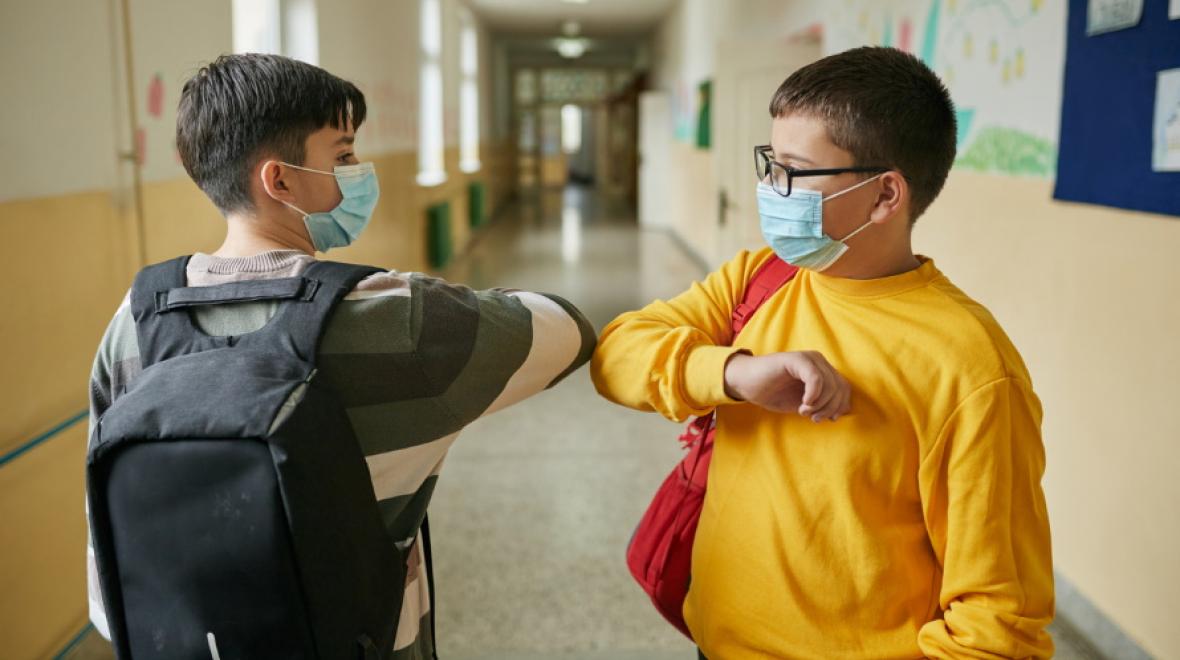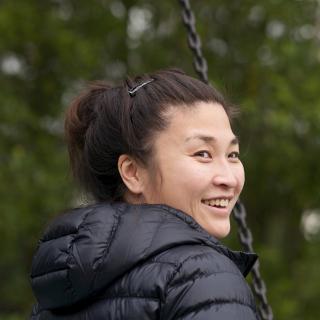
The pandemic has impacted society in so many ways, and after the last year and a half of relative isolation, even the most polite and mannerly kids are struggling with basic social skills.
To be clear, socially acceptable behavior is not stagnant, said published author and etiquette expert Deborah King, founder and CEO of Final Touch. “Our core values haven’t changed… kindness and respect are still values. The value of human connection hasn’t changed but how we walk that out and achieve that has adjusted. We need to adjust.”
King, along with Arden Clise, founder and President of Seattle-based Clise Etiquette share some practical and helpful tips to help kids and teens improve their social skills and put their best foot forward, even while wearing a mask.
1. Greeting with respect
Over the last few decades social norms have changed and while many children address teachers with formal salutations like “Mr.” or “Mrs.” they mostly address other adults using their first name.
Clise acknowledges the change but advises children to start with a more formal greeting, and they can then take their cue from the adult on how they’d like to be addressed. “I still believe it’s important for children to address adults by a title and their last name because it’s a sign of respect,” she said. “When a child uses an adult's first name, it’s very familiar and too casual and it signals ‘I’m your equal.’”
2. Good eye contact
Another thing kids need to be aware of is the importance of eye contact. King said it’s a difficult concept to navigate, particularly in the pandemic world where they’re warned to keep their distance from others. “They have anxiety around the whole issue,” she said. “Interacting with classmates or peers has become even more challenging. Eye contact has always been important, and it’s even more important now. It’s one of the few ways we can create a connection with another person, even though we’re distanced.”
According to Clise, “eye contact is a sign of respect and shows you’re listening; it also conveys confidence. We’re relying on our eyes to convey all our emotions that would normally show on our face without masks,” she said. “Your voice and the words you use have to convey friendliness, warmth and interest in someone.”
This is a skill that can be tailored to someone who may experience greater social anxiety, too. “I have a handful of children and adults (in my class) on the autism spectrum. Looking someone directly in the eyes is really challenging for them, and with masks, it’s even harder. I ask them to look somewhere on the face if direct eye contact is uncomfortable,” she said. But maintain the smile. “With a fake smile, your eyes won’t crinkle. People can tell instantly.”
3. Showing gratitude
Conveying thanks will never go out of fashion, and both King and Clise agree that a thoughtful, handwritten thank-you note is the best way to say thanks for a gift. Smaller children could draw a picture, but the motivation remains to take the time to thank and acknowledge the kindness you’ve just received.
“One of the best ways for parents to encourage children to willingly do it is to write notes themselves,” Clise said. “Model it. Parents can also share with their children how much they were touched receiving a thank-you note from someone. Help children feel and understand the impact of a thank-you note.”
Sometimes it’s harder to motivate a sullen teen to go through these motions, but enforce the motivation behind the act, Clise said. “You can ask ‘how did it feel that grandma sent you $20? How excited were you about buying that shirt with the money she sent you?’ Help your child to feel and reflect on their feelings of receiving the gift and encourage them to write that down as soon as possible.”
The practice of recognizing and calling out kindnesses and practicing gratitude isn’t limited to thank-you notes either, said King. “I can’t just tell my kids what to do. I have to model it as a parent,” she said. “We worked really hard to vocalize what I was thinking or seeing when we were out and about. ‘Wasn’t it so kind of that person to offer to bring in my cart? That was such a kind thing!’ I made sure to say thank you to them. It’s a very daily practice and it’s like breathing. It has to become part of life.”
4. Good table manners
When a child chews with their mouth open or inhales their food greedily, it’s tempting to scold them but praising good behavior and using positive reinforcement is often a better approach. “What’s really powerful is catching your children when they’re using good table manners,” said Clise. Think of ways to encourage that kind of behavior. “Make a contest out of it — every time you use a good table manner, you get a point, or money goes into a dish that the biggest contributor gets at the end of the week, or they get to choose the next family take-out meal. Whatever the reward system is, get children involved in pointing out when they see good manners being used.”
Sitting down for a family meal together is the perfect opportunity to show your kid what good table manners look like. “Children need to see parents modeling good table manners and not absorbed in their phone or something else and also engaging children with conversation,” said Clise. “This is your opportunity to connect with your child. Even your teen who doesn’t talk still cares, believe it or not, so do what you can to draw them out. Find a topic to get people talking.”
5. Social media manners
Being mannerly and thoughtful on social media is an important thing for kids to learn. Both Clise and King advise teens to really think about what they post online before posting it.
“What you post never goes away, even if it is Snapchat. It’s still there,” said Clise. “So, I try to emphasize this is your digital trail, what you’re known for, which can impact your future jobs, getting into schools, and the friends and people you interact with.”
While parents are wise to caution their children against cyberbullying — both not to engage in it and to avoid it — there is more work to be done, said King. “Teach them to be sensitive to what they’re posting. Posting a picture of something fun might seem harmless but think about who might have been excluded. Be sensitive to how you might have inadvertently excluded others. And never post things without permission.”











